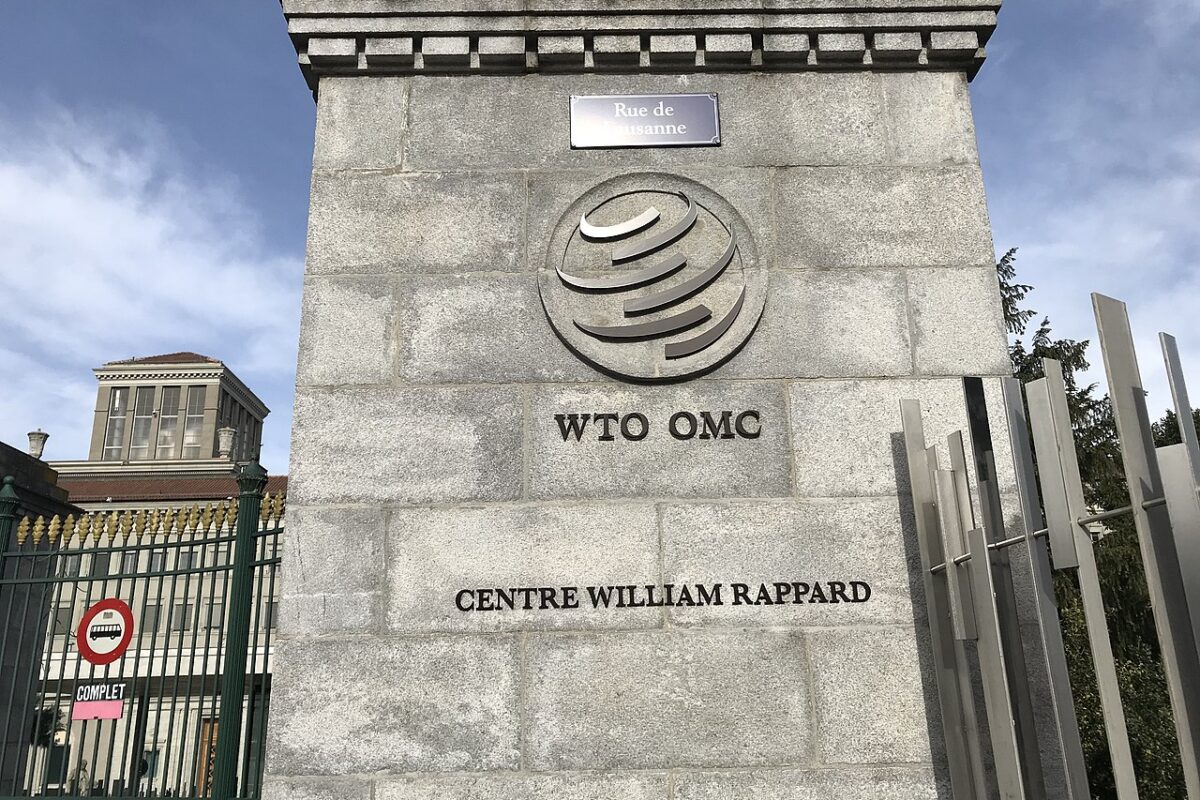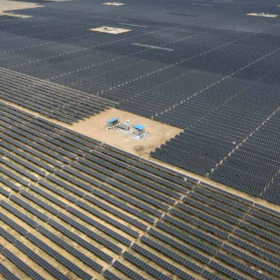Since the Paris Agreement in 2015, the momentum towards green and climate-aligned investment has picked up pace across the world. The focus on sustainability has moved beyond governments, international agencies, and impact investors, with triple-bottomline becoming a commercial imperative amongst the board rooms of top investment firms and Fortune 500 companies.
In recent times, a heavy green premium is enjoyed by green stocks even in retail stock markets. Tesla, which is valued at several times more than its established ICE competitors, is an excellent example.
The current Covid-19 pandemic has reinforced the need for a proactive and resilient growth model. There is a need to redirect capital flows towards sustainable projects to make our economies, businesses, and societies more resilient against climate and environmental shocks and risks, which, not unlike Covid, pose an existential threat.
Increasingly, a class of green capital flowing predominantly into renewable energy projects has emerged. However, sustainability and climate-aligned investments must expand to include energy efficiency, green manufacturing, air pollution, potable water supply, land and sea conservation, etc. It is crucial to optimally allocate available resources towards projects that would deliver maximum climate impact while offering market returns.
Lack of nomenclature that is commonly agreed and benchmarked is one of the biggest challenges facing a world that is keen to channel finance towards impactful green investments. The issue of greenwashing—packaging dirty projects as green projects—has affected the confidence of investors with a genuine interest in sustainability. A common language and a clear definition of what is ‘green’ is critical. The challenge of a common green taxonomy is a lot more complicated and technical than many realize.
The EU recognized this challenge and got to work. To meet the European Union (EU)’s climate and energy targets for 2030 and reach the objectives of the European Green Deal, the EU’s action plan on financing sustainable growth called for the creation of a common classification system for sustainable economic activities, or an “EU taxonomy”.
Inspired by the EU’s initiative to produce a green taxonomy, many emerging markets are seeking to develop clear definitions of activities or investments that embody their own national environmental objectives, such as addressing climate change or reducing deforestation. The countries such as the EU, Bangladesh, China, and Mongolia have already adopted a green taxonomy. India, too is working on initiatives towards building a green taxonomy.
India’s need for green investments
Speaking at the World Sustainable Development Summit, the prime minister remarked, “Two things will define how the journey of humanity will unfold in the times to come. First is the health of our people. The second is the health of our planet. Both are interlinked. The need of the hour is to think out of the box, invest in our youngsters and work towards sustainable development.”
True to his words, the Indian government is pursuing an agenda of “development without destruction”, aiming to reduce the emissions intensity of its GDP by up to 35 percent from 2005 levels by 2030.
Climate Transparency report 2020 highlighted that India is the only country among G20 nations that is on track to achieve its targets under the Paris Agreement. This is because India is well on its way to exceeding its Nationally Determined Contribution (NDC) targets under the Paris Agreement reflecting the government’s commitment.
The International Finance Corporation (IFC) has estimated that India has a climate-smart investment potential of $3.1 trillion from 2018 to 2030. However, Climate Policy Initiative highlighted, green finance investments for FY2017 and FY 2018 in India were only 10% of the total required investment of US$ 170 billion per year.
The gap between desired and actual green investment needs to be scaled down by unlocking green investment at a revolutionary scale. In addition, non-coherent publishing of data due to the lack of a green finance taxonomy in the country creates barriers for green finance flows into India.
Are all green investments the same?
Not all green investments have the same climate mitigation impact. Also, not all green technologies have the same level of risks. A smart green taxonomy, which is designed to incentivize investments proportional to the positive impact and the risks associated, will lead to diversified portfolio green investments.
Value of a green taxonomy?
A government-supported green investment nomenclature (taxonomy) framework that is commonly agreed and aligns with global taxonomies will provide clarity to investors and businesses alike. It will solve the existing information asymmetry in the market, and green investors would be exposed to a greater choice of projects and can leverage new avenues of green growth.
In a global competition for green capital, the taxonomy will be a plus for Indian projects, attracting global green capital into domestic projects and creating a domestic green investor class.
Enterprises seeking green financing will take advantage of new funding sources through global capital markets and the financial sector worldwide who (with the taxonomy in place) will have greater confidence in the Indian market.
Under the prime minister’s leadership, India is primed to be one of the green growth leaders of the world. This requires a seamless flow of green capital into both established and cutting-edge green technologies.
A sophisticated green taxonomy will be key to unlock the latent green growth potential of India. It will help us achieve “swacch, sundar avam svastha bharat” (clean, beautiful, and healthy India) by leveraging global capital to catalyze the Indian juggernaut towards sustainable development.
Sweety Pandey and Kowthamraj are energy experts in NITI Aayog.
The views and opinions expressed in this article are the author’s own, and do not necessarily reflect those held by pv magazine.
This content is protected by copyright and may not be reused. If you want to cooperate with us and would like to reuse some of our content, please contact: editors@pv-magazine.com.








One of the most fundamental issues one needs to assess BEFORE one starts to create a plan to address it, is how large is the problem and program needed to address the problem at hand.
The above article says IFC places a $3 Trillionfor Green Investments in India between 2018-2030 but provides NO BASIS for ANYTHING…
All these (Paris) Agreements are meaningless as they do not clearly tell us if it will end Pollution and why not… so what is the purpose of all these Conferences, Agreements, etc… if the outcome is not clear.
For example, What will Carbon-Neutral Deliver…. Zero Pollution, a Nuclear or Ammonia Fuel future that will leave a legacy of lethal Radioactive Waste for 100,000+ years and destroy the Ozone Layear and forests due to Acid Rain.
Unfortunately, by “blaming” everything on Carbon… we have forgotten that it is Pollution that is causing Damage and Carbon is JUST ONE of the many causes of it.
One needs to go back to the “drawing board”… clearly identifying our aim is to eliminate Pollution form ALL SOURCES and not hide behind phrases like Carbon- Free, Carbon Neutral, Green Deal…. just plain and simple…. NO POLLUTION or ZERO POLLUTION….
Once you see this, then the Resources needed will be way beyond all these “Mickey Mouse” Agreements, Targets, etc.. will achieve….
My Global assessment is $200Trillion for the SUPPLY SIDE OF ENERGY and a similar amount for the DEMAND SIDE by 2050 to achieve ZERO POLLUTION GLOBALLY from Man-Made Pollution from ALL Polluting Sources (yes Nuclear Power… Pollutes… let there be no question about it). India will require 10% of the above amounts.